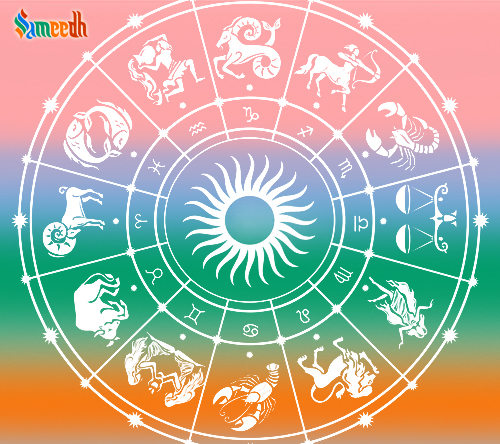The swastik is a symbol that, in its basic form, consists of a cross with arms bent at right angles. This symbol, with its arms radiating from a central point, is often associated with the four cardinal directions. The swastik’s arms can align with the north, south, east, and west, symbolizing the interconnectedness of the symbol with the cardinal points on a compass.

The significance of the swastik in relation to the four cardinal directions can vary across different cultures and traditions. Here are some general interpretations:
- Cosmic Order and Harmony: The swastika is sometimes seen as a symbol of the cosmic order (rita) in Hinduism. The four arms extending in different directions represent the organized and harmonious nature of the universe. The swastik’s presence in Hindu rituals and ceremonies reinforces the idea of aligning oneself with the cosmic order.
- Wholeness and Completeness: The swastik, with arms extending to the four cardinal directions, symbolizes the completeness and wholeness of the cosmos. It suggests that the positive energy and auspiciousness associated with the swastik are pervasive and present in all directions.
- Spiritual Symbolism: In Hindu, Buddhist, and Jain traditions, the swastik is considered a sacred and auspicious symbol. Its connection to the four cardinal directions may carry spiritual significance, emphasizing the idea that positive energy and blessings are accessible from every direction.
- Sun’s Movement: The swastika’s arms may also be associated with the movement of the sun across the sky. In some interpretations, the swastika is linked to sun worship, and its arms represent the sun’s rays extending in all directions. This connection underscores the life-giving and nourishing aspects of the sun.
- Symbol of Balance: The arms of the swastika pointing in different directions can symbolize balance and harmony. The equal length of the arms suggests equilibrium and a balanced existence, aligning with the broader spiritual teachings of balance in life.
It’s important to note that interpretations of the swastik can vary across cultures and religions. In Hinduism, the swastika is generally considered a positive and sacred symbol, but its meaning may also depend on specific regional traditions and practices. The swastika’s association with the four cardinal directions emphasizes its cosmic and spiritual significance, contributing to its role in various religious and cultural contexts.
